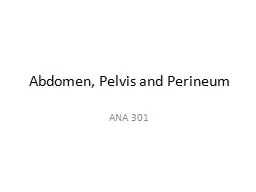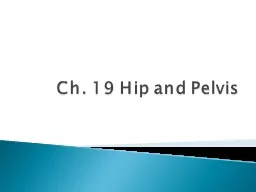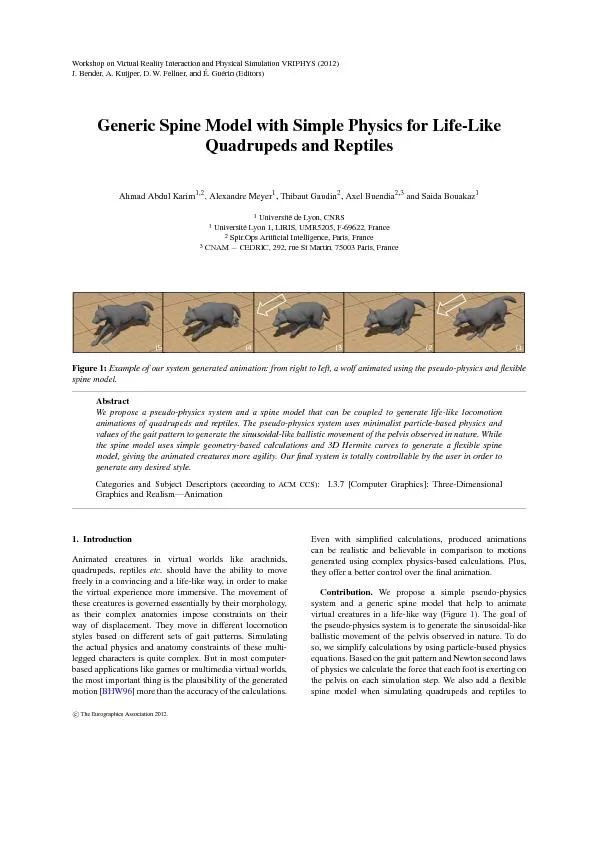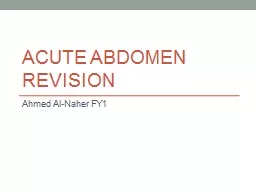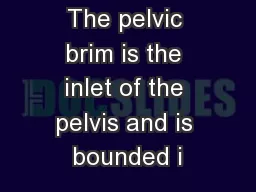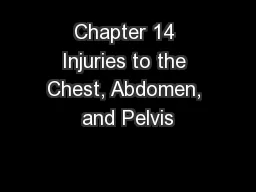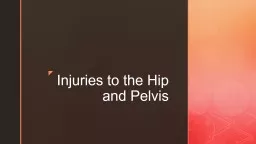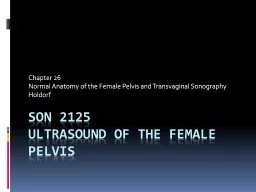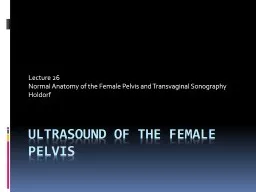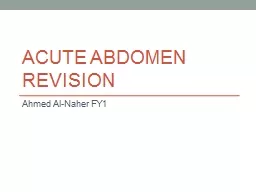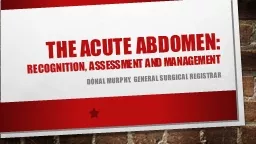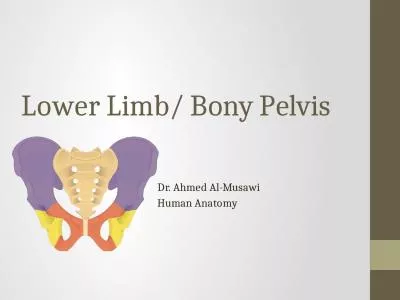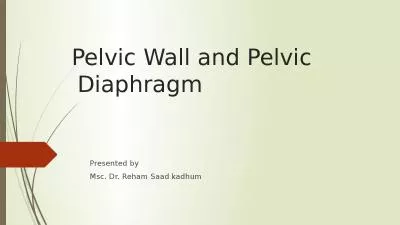PPT-Abdomen , Pelvis and Perineum
Author : felicity | Published Date : 2022-04-06
ANA 301 Course Outline Anterior abdominal wall femoral and inguinal hernias Peritoneal reflections and mesenteries Esophagus and stomach Small intestine Colon cecum
Presentation Embed Code
Download Presentation
Download Presentation The PPT/PDF document "Abdomen , Pelvis and Perineum" is the property of its rightful owner. Permission is granted to download and print the materials on this website for personal, non-commercial use only, and to display it on your personal computer provided you do not modify the materials and that you retain all copyright notices contained in the materials. By downloading content from our website, you accept the terms of this agreement.
Abdomen , Pelvis and Perineum: Transcript
Download Rules Of Document
"Abdomen , Pelvis and Perineum"The content belongs to its owner. You may download and print it for personal use, without modification, and keep all copyright notices. By downloading, you agree to these terms.
Related Documents

